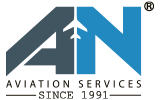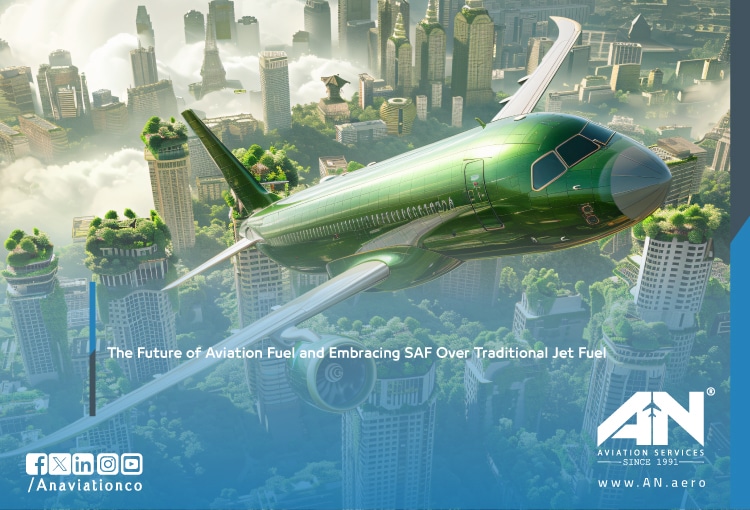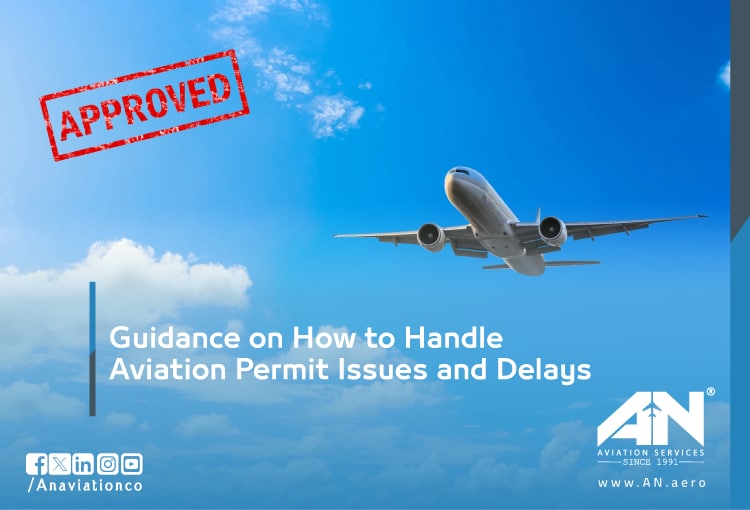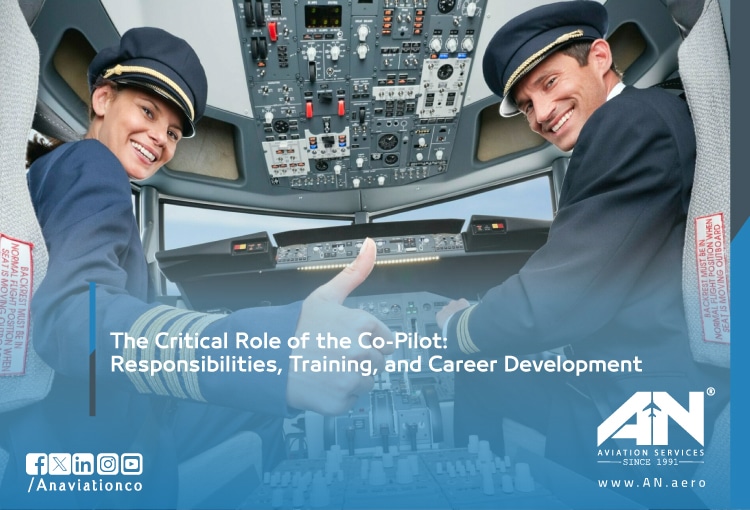Africa’s aviation industry is undergoing one of its most important digital transformations in decades.
Jet fuel’s been powering planes for decades. But now, the aviation industry’s starting to switch from traditional jet fuel to something cleaner: SAF, or Sustainable Aviation Fuel.
In times of crisis, whether due to natural disasters, armed conflict, or public health emergencies, humanitarian flights become lifelines.
Securing the necessary permits for overflights, landings, and ground handling is critical to flight planning.
Ever wonder how your luggage appears on the carousel after a flight, or how planes are efficiently guided in and out of their gates?
Having the right insurance is essential when flying in the Middle East and Africa. Not only does it help you stay financially protected, but it’s also required by law.
When you think about flying a plane, you probably imagine one person sitting behind the controls.
Turbulence is a familiar part of flying, but not all turbulence is the same, and understanding the differences matters more than you might think.









